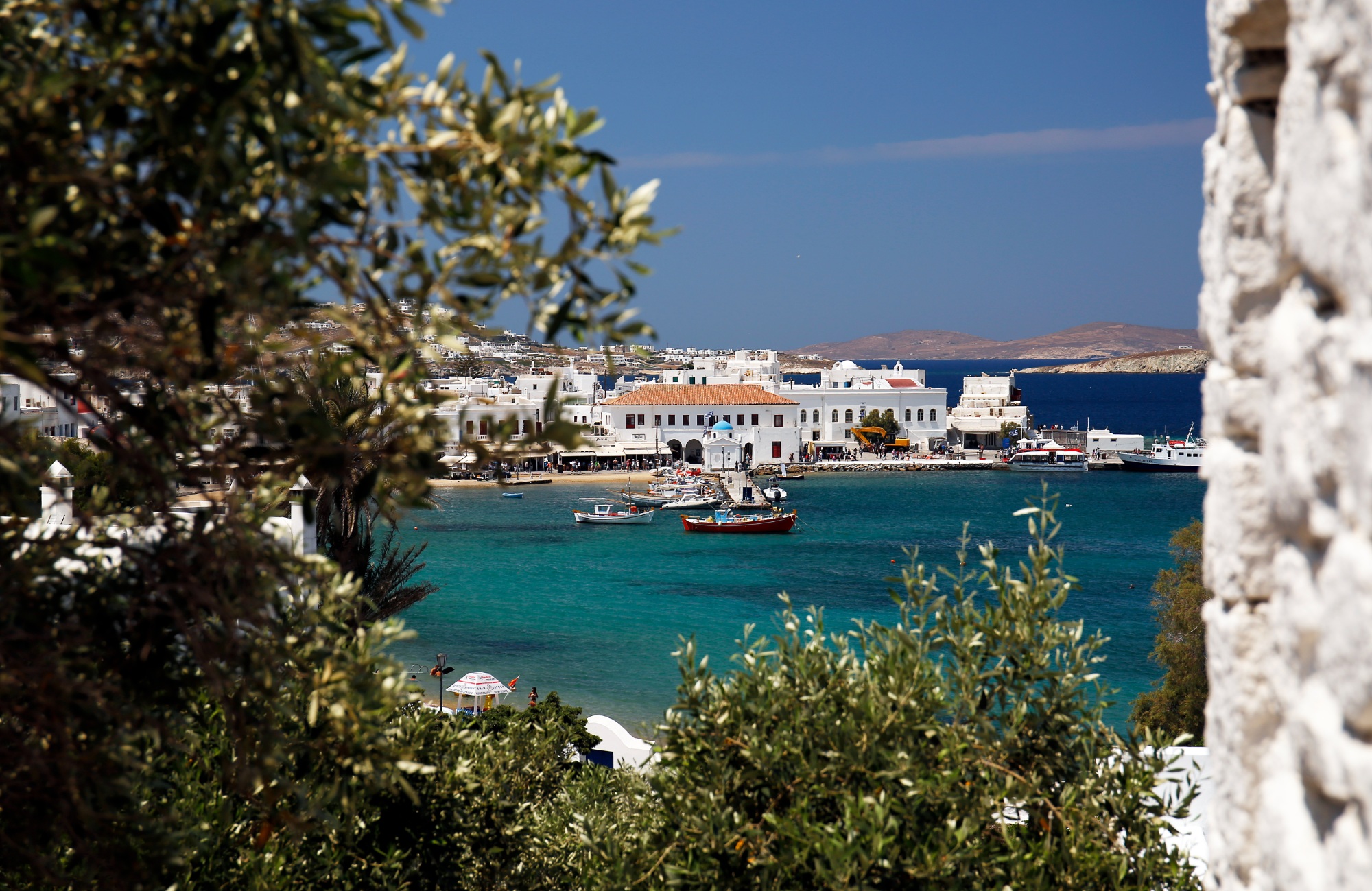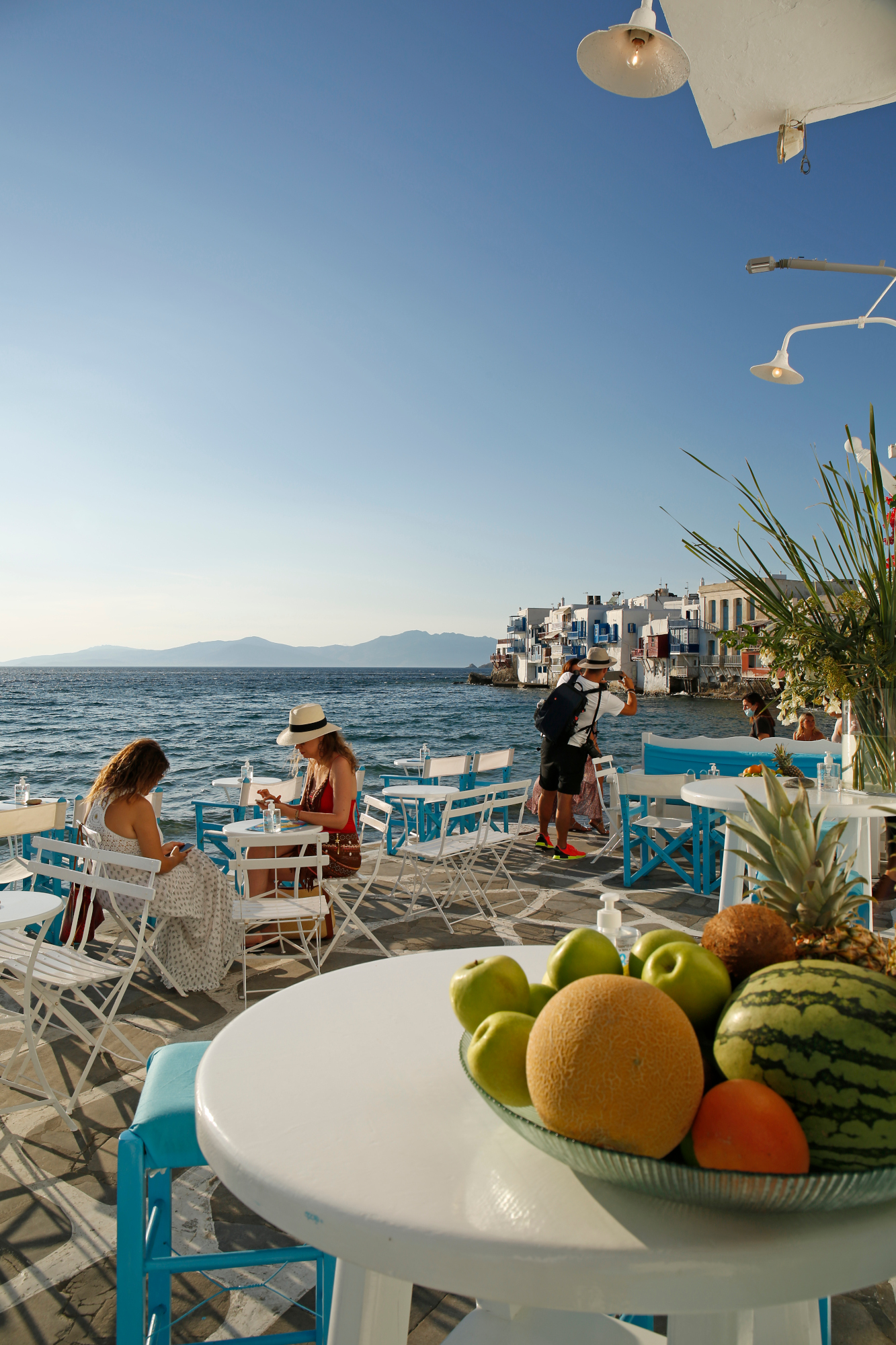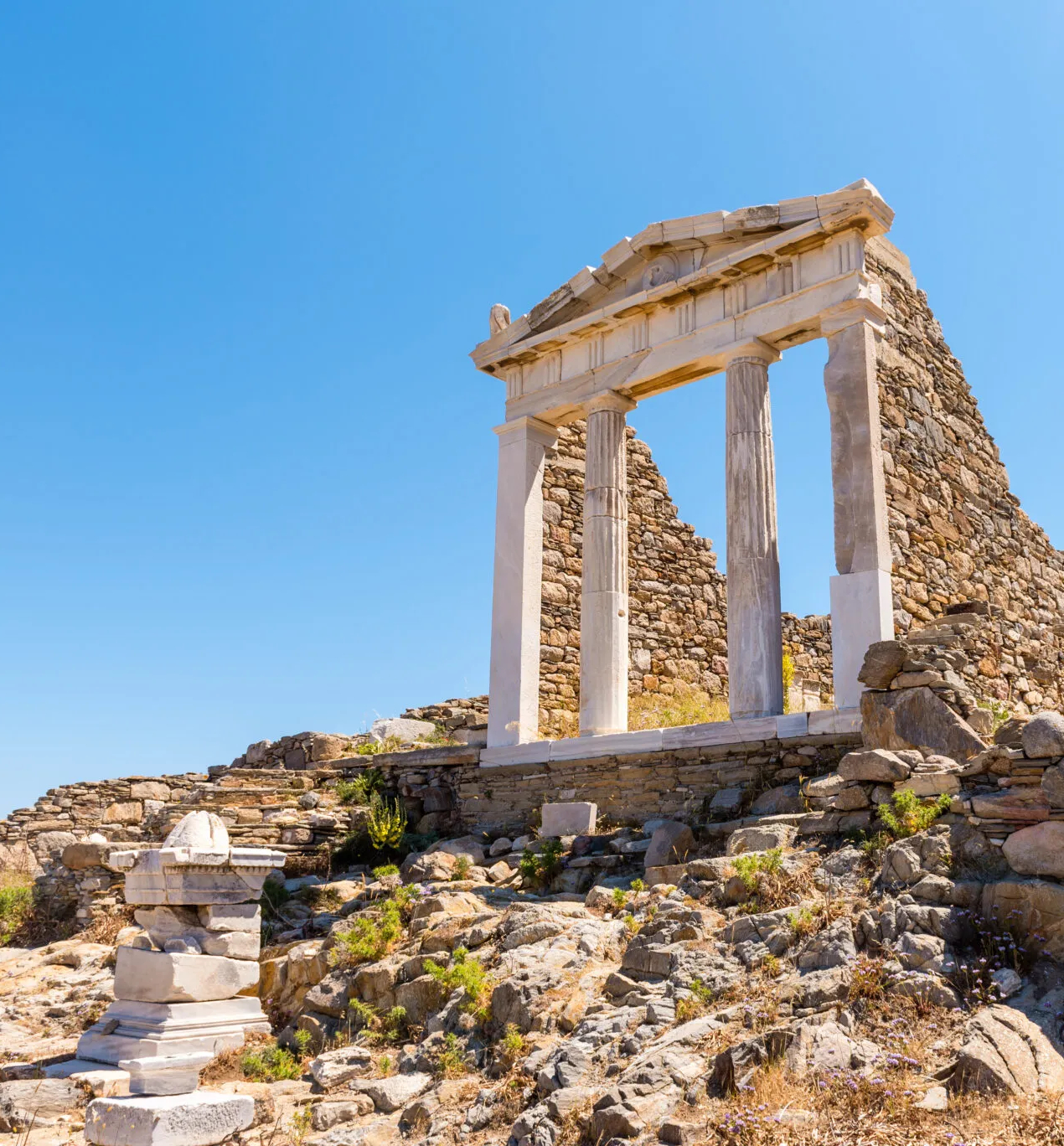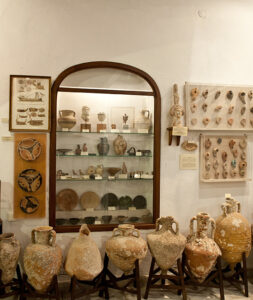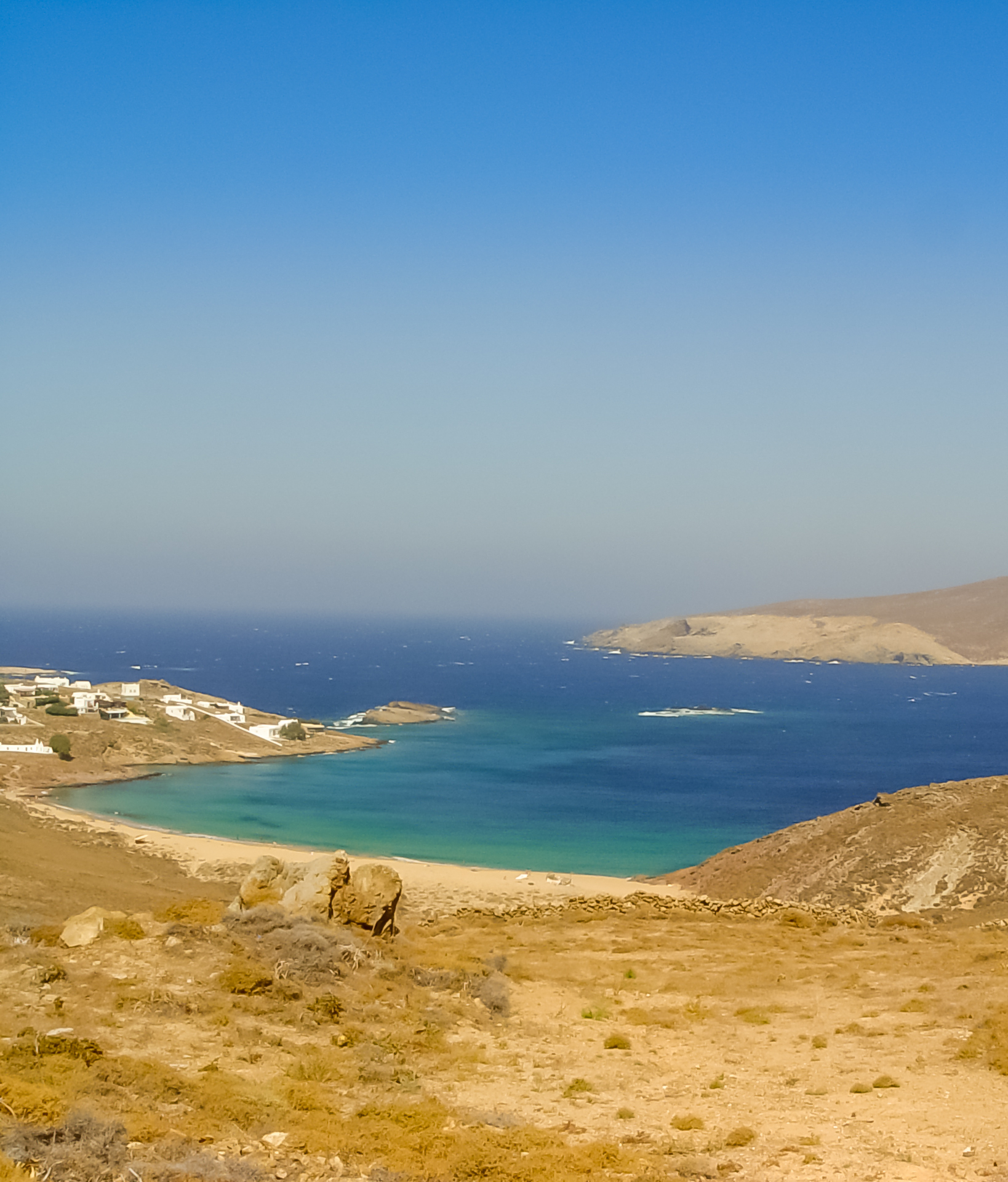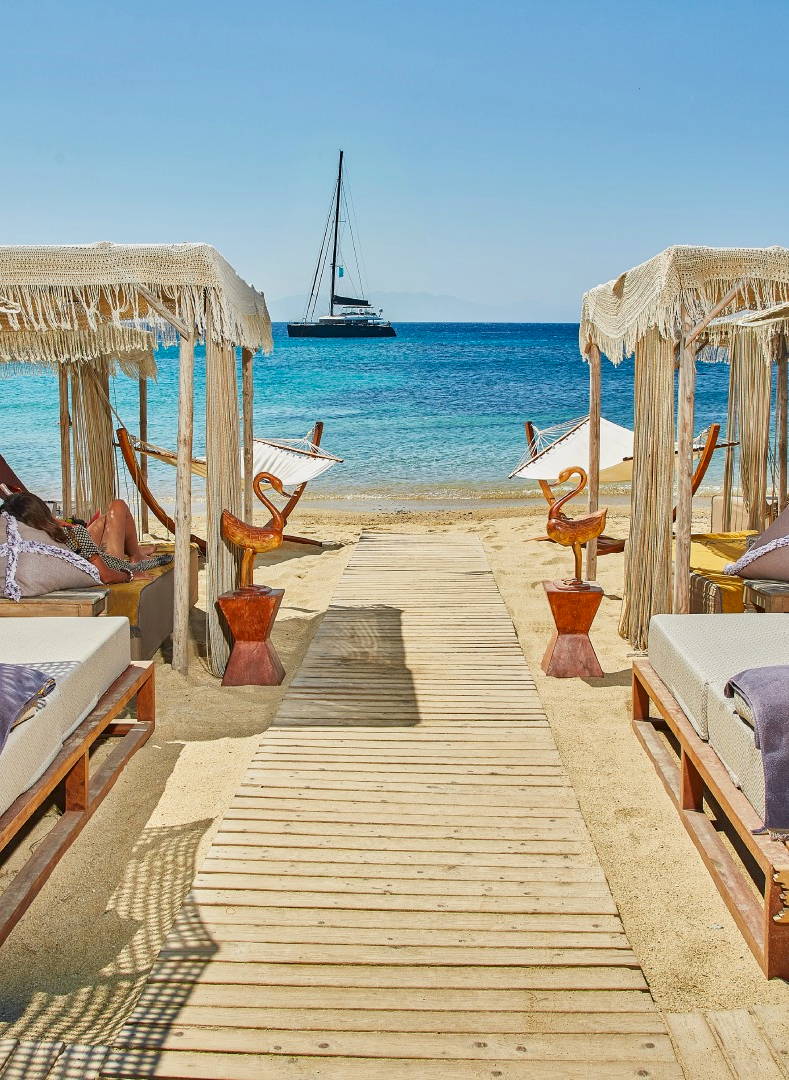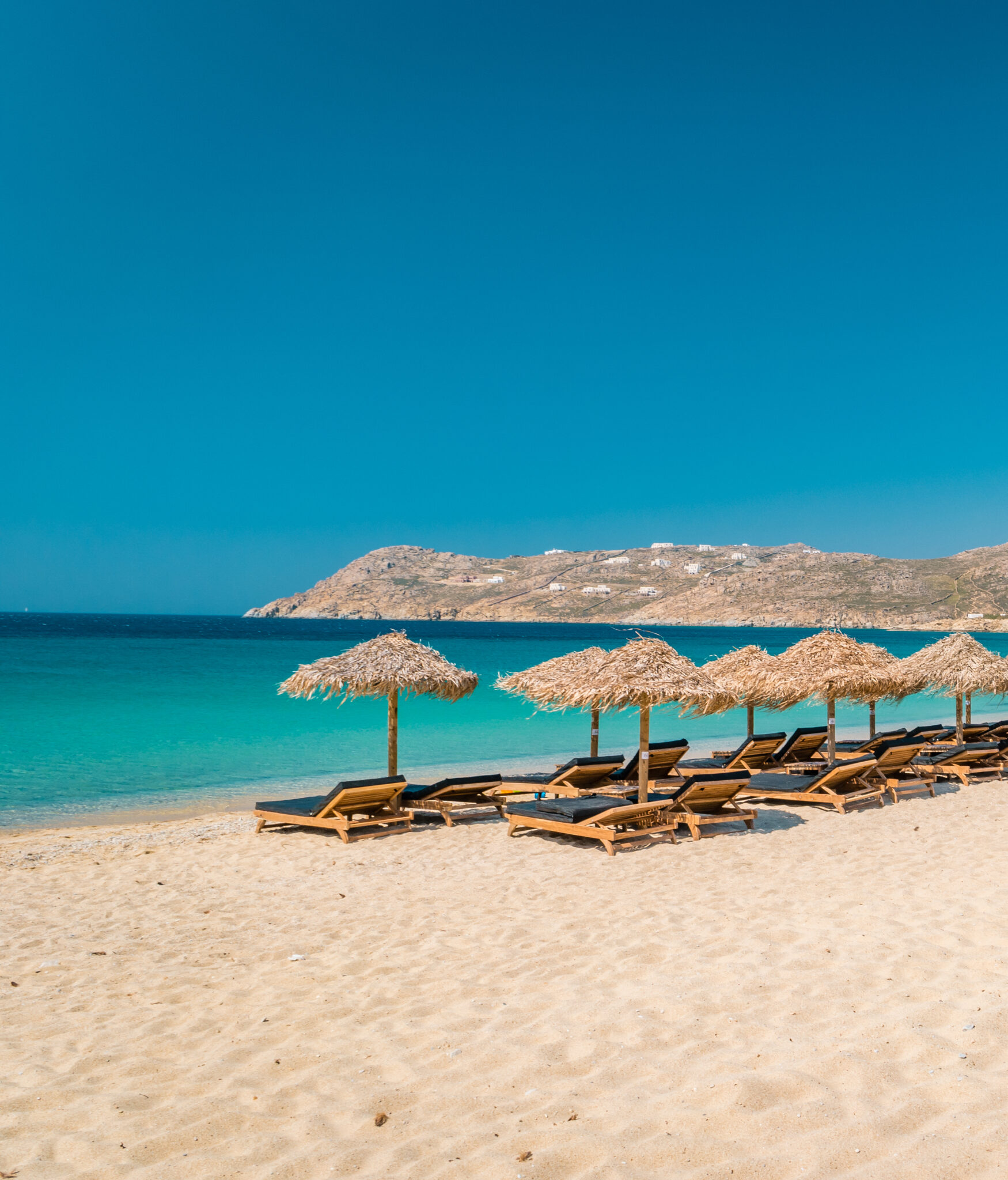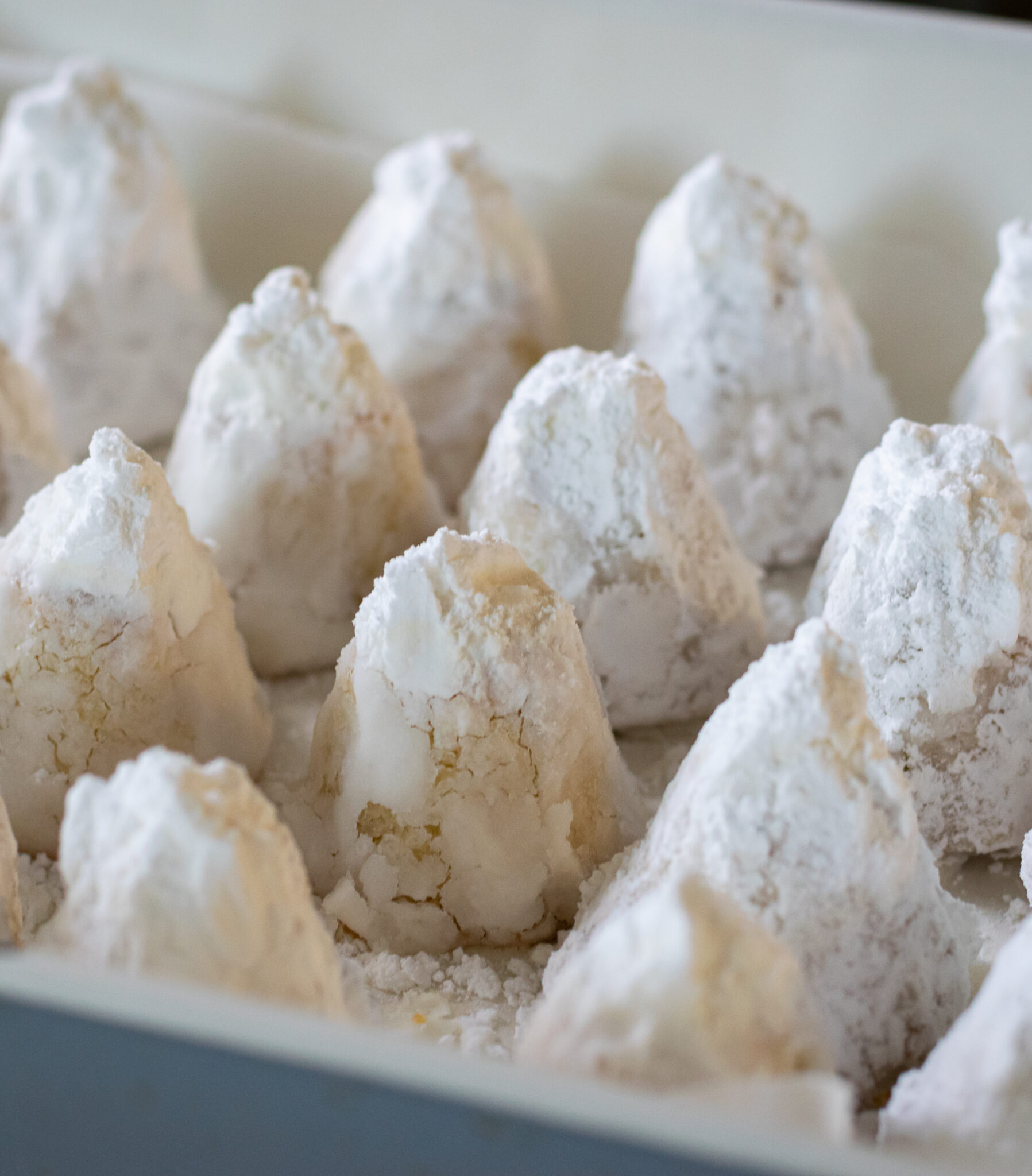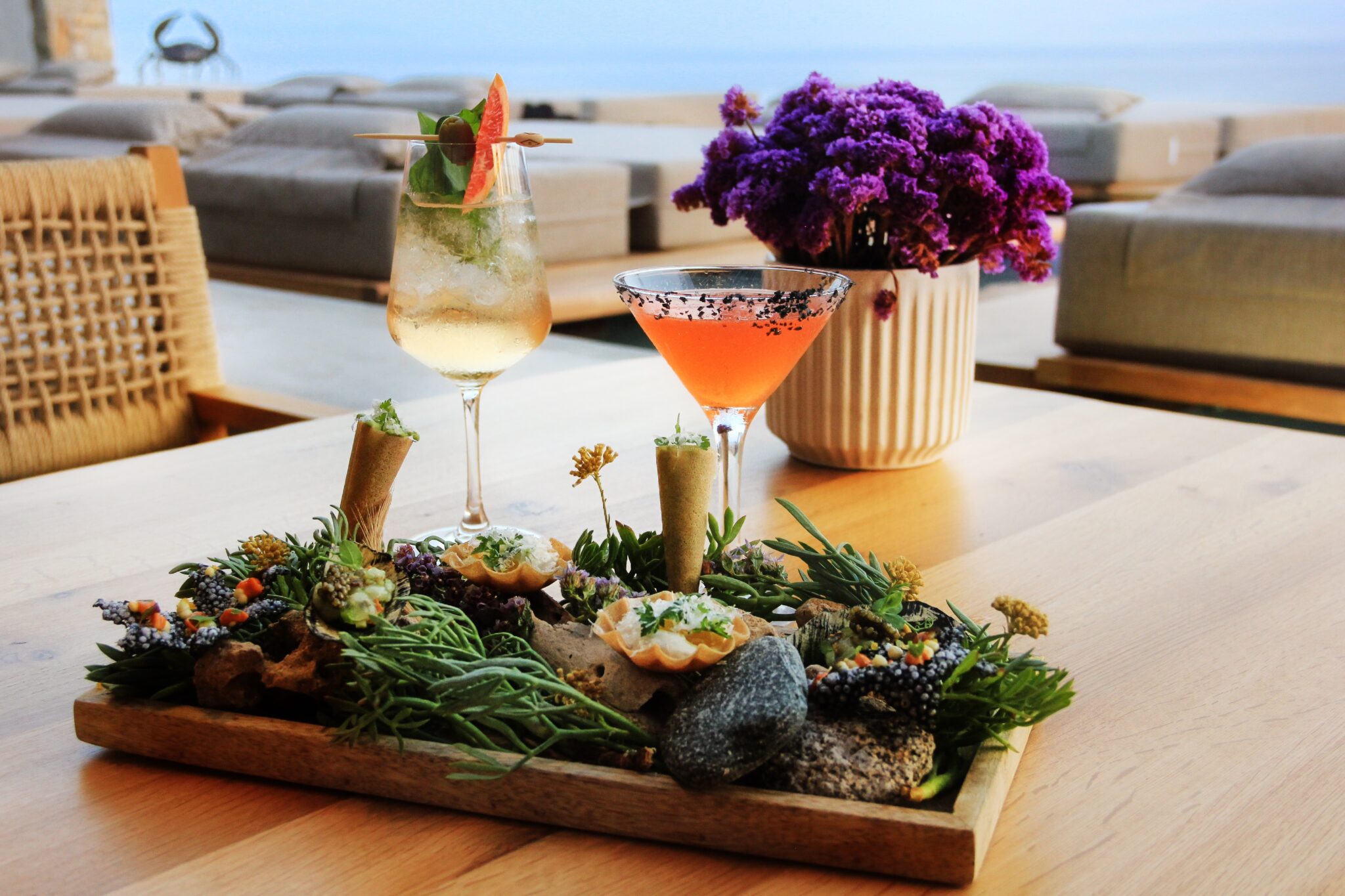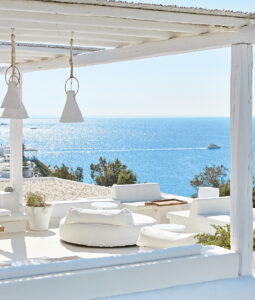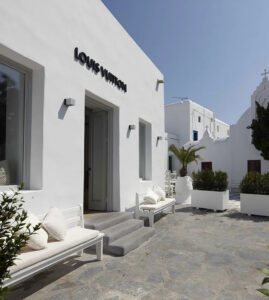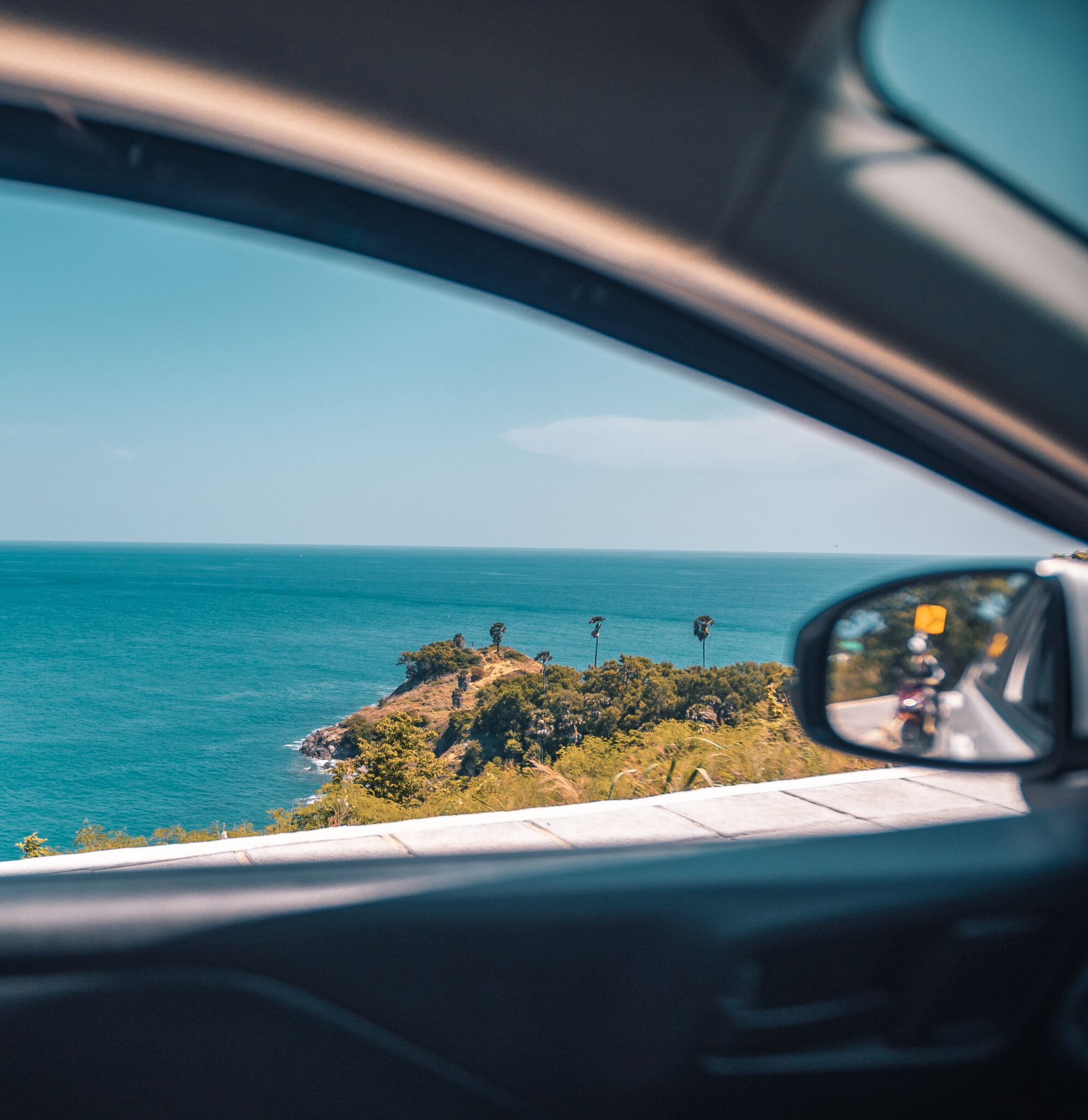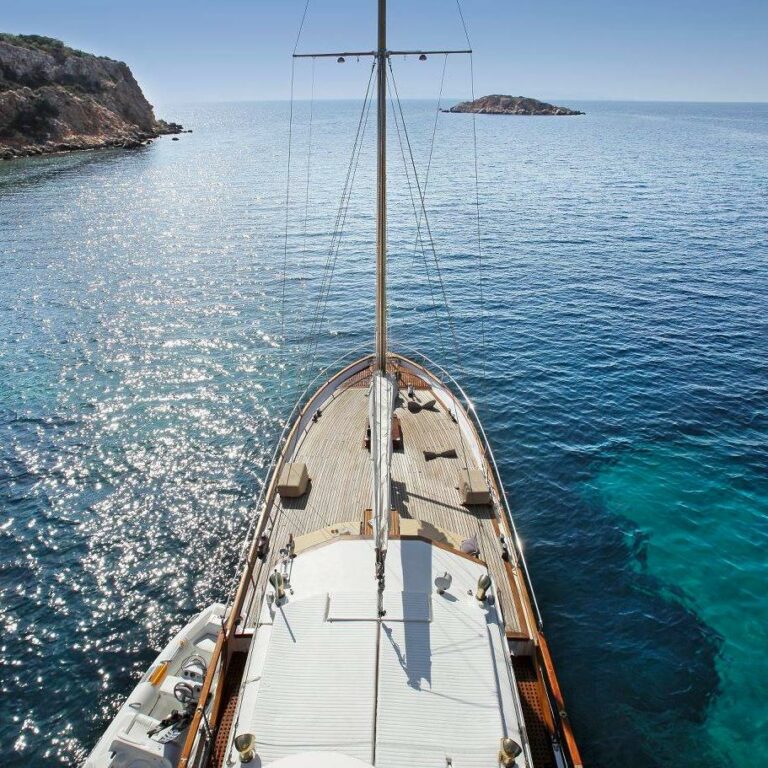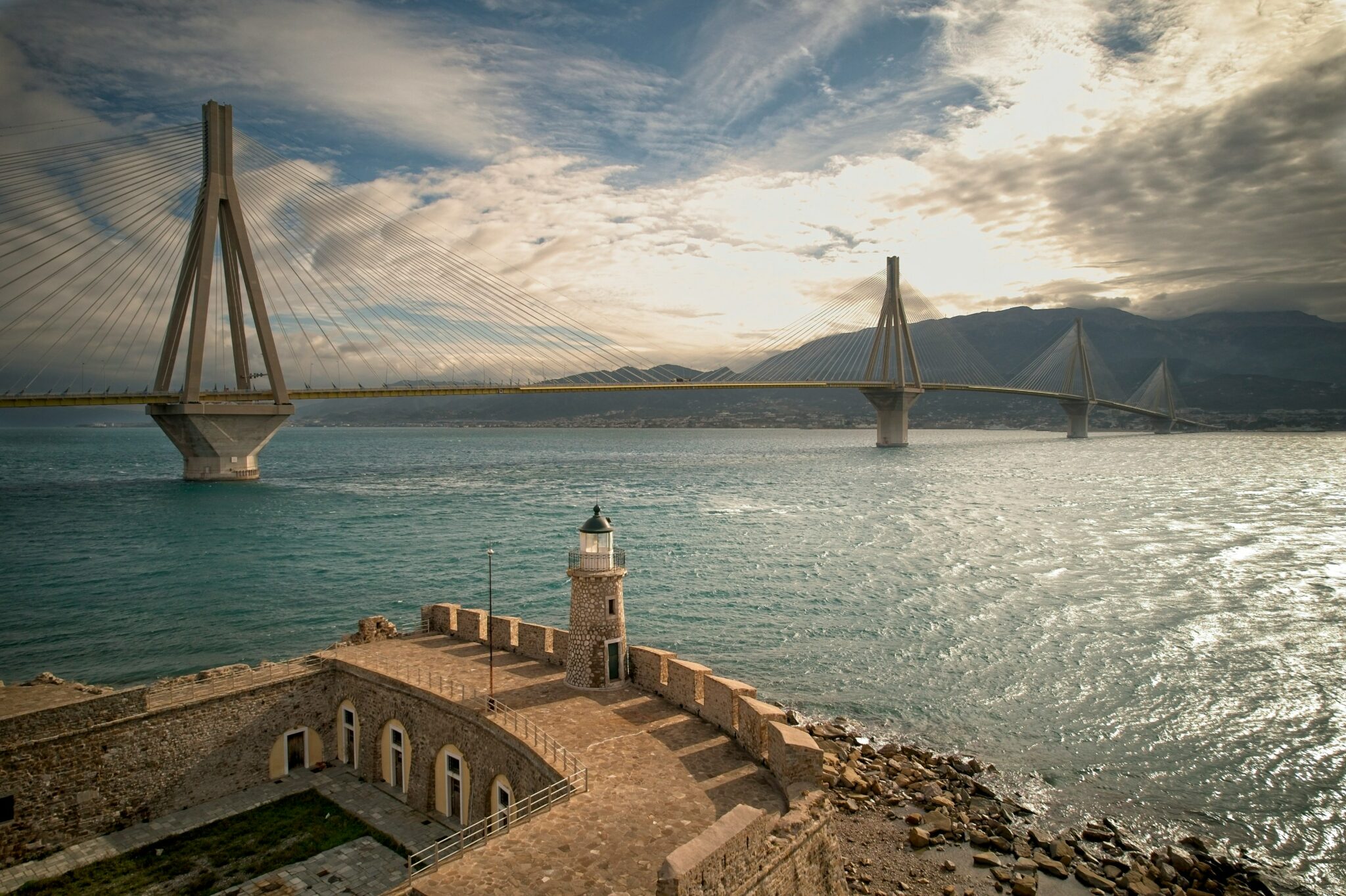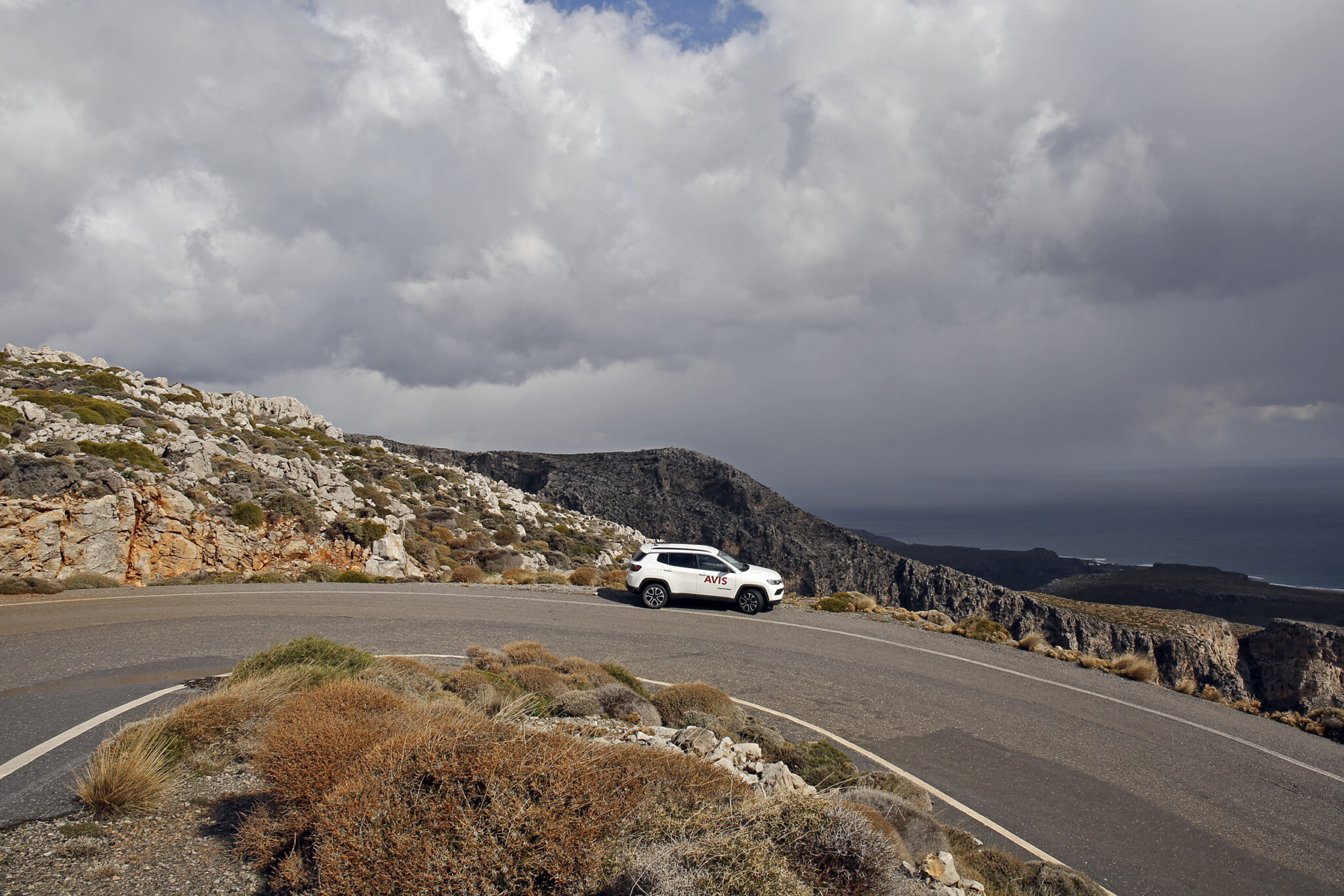From humble origins Mykonos has built itself up to be the pinnacle of Aegean cosmopolitanism. Travellers from all over the globe have long been drawn to the ‘Island of the Winds’ seduced by beautiful beaches, thatched windmills and a picture perfect port town. Today, visitors are most likely attracted by superstar DJ’s, gourmet chefs, beach clubs, luxury hotels and designer boutiques but there is another side to the island with far-flung quiet shores, rugged nature and alluring side streets lined with white houses and flower-filled balconies.
Stroll through Little Venice, salt-blasted by the waves, and look out to the sunset over the famed windmills. Next door on the balconies that hover over the water, Champagne is popped and shots dropped as the night begins. The endless catwalk of Matoyianni entices with bars full of the bright and beautiful who will dance into the dawn. Tomorrow the beach beckons with a swim in clean seas and a long lunch at a lively beach club. This is Mykonos, one of a kind.
Despite its many transformations through the ages, Mykonos has always had a unique aura. A worldwide reputation for toleration and open-mindedness is no coincidence, nor is it an accident; Mykonos has deep roots. The island owes its fame to sacred Delos, birthplace of Apollo and Artemis, that for a thousand years served as the religious and political centre of the Aegean. In ancient times, Mykonos, eclipsed by neighbouring Delos, was famously described as the “bordello of Delos”, an epithet that some may care to use today.
Delos was again the tinder spark for Mykonos to slowly emerge from centuries of decline. The excavations of 1873 shone a light on Delos as photographs of its magnificent findings were spread around the world, and archaeologists and intellectuals came to love the self-effacing island next door. In the 1920s and 1930s, an educated elite of artists, royalty and historians began to lend Mykonos its global character. After the occupation of WW2 and during the Greek Civil War Mykonos was a place of exile, helping to explain its toleration of the unconventional and later acceptance of the gay community.
In the 1950s the island arrived on the international scene attracting famous artists. Great Greek writers such as Elytis, Seferis and Kazantzakis drew inspiration from the island and its unique Aegean light, but the following parade of celebrities was endless – Jackie and Ari Onassis, Rudolf Nureyev, Grace Kelly, Yehudi Menuhin, Marlon Brando, Christian Dior, Elizabeth Taylor, Maria Callas, while fashionistas, royalty and dozens of other stars of the of the era began to form the identity of the island that is seen today.
The party continues, although the participants are different, with a hellbent inclination for continuing this historical glamorous microcosm. Anthropologists call it a ‘Liminal Space’, a place of freedom unfettered by the rules of everyday life.
This is Mykonos, one of a kind, a special place where reality regularly outstrips fantasy, the cosmopolitan island of hedonism and desire where dreams can come true.



